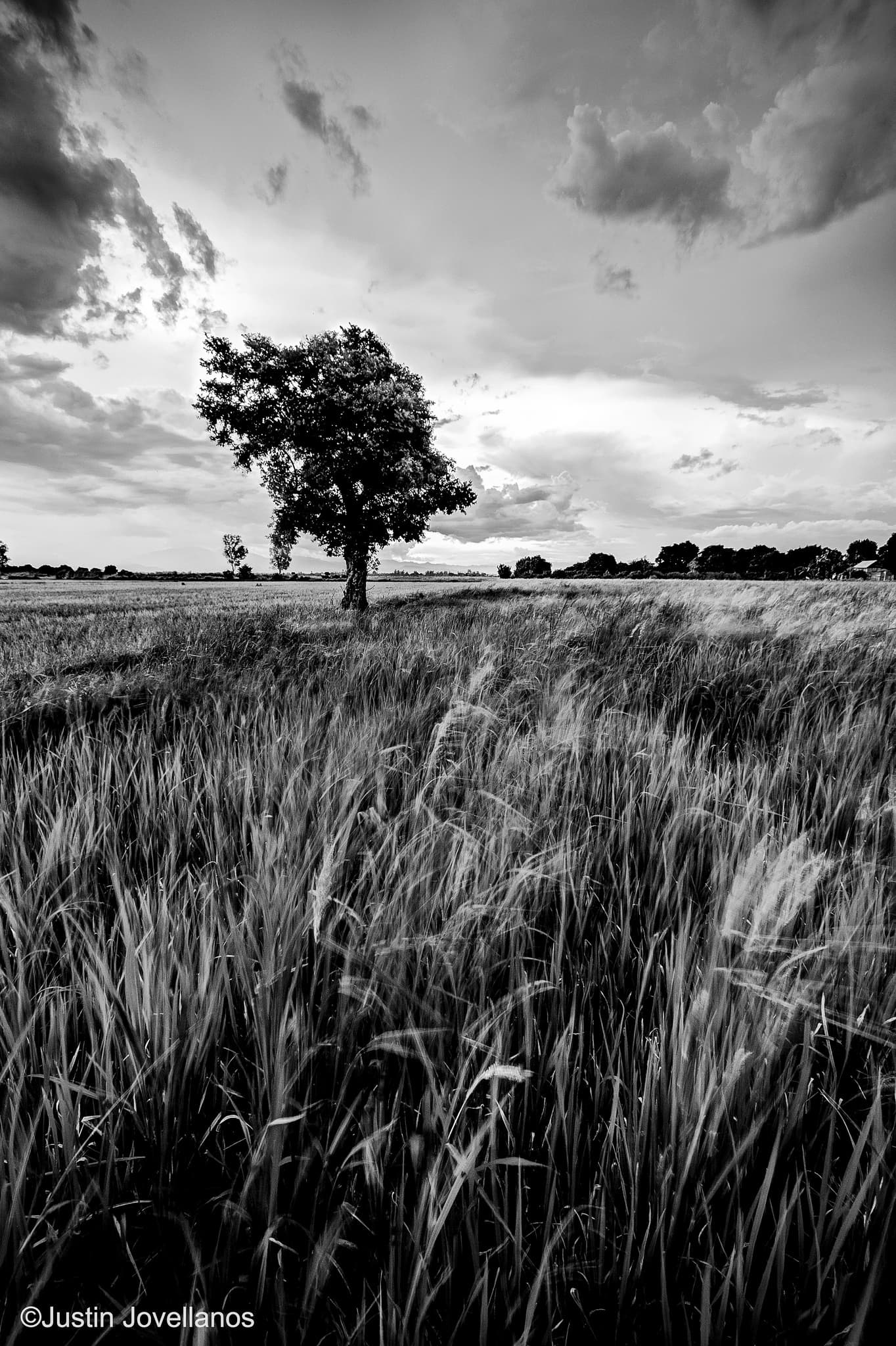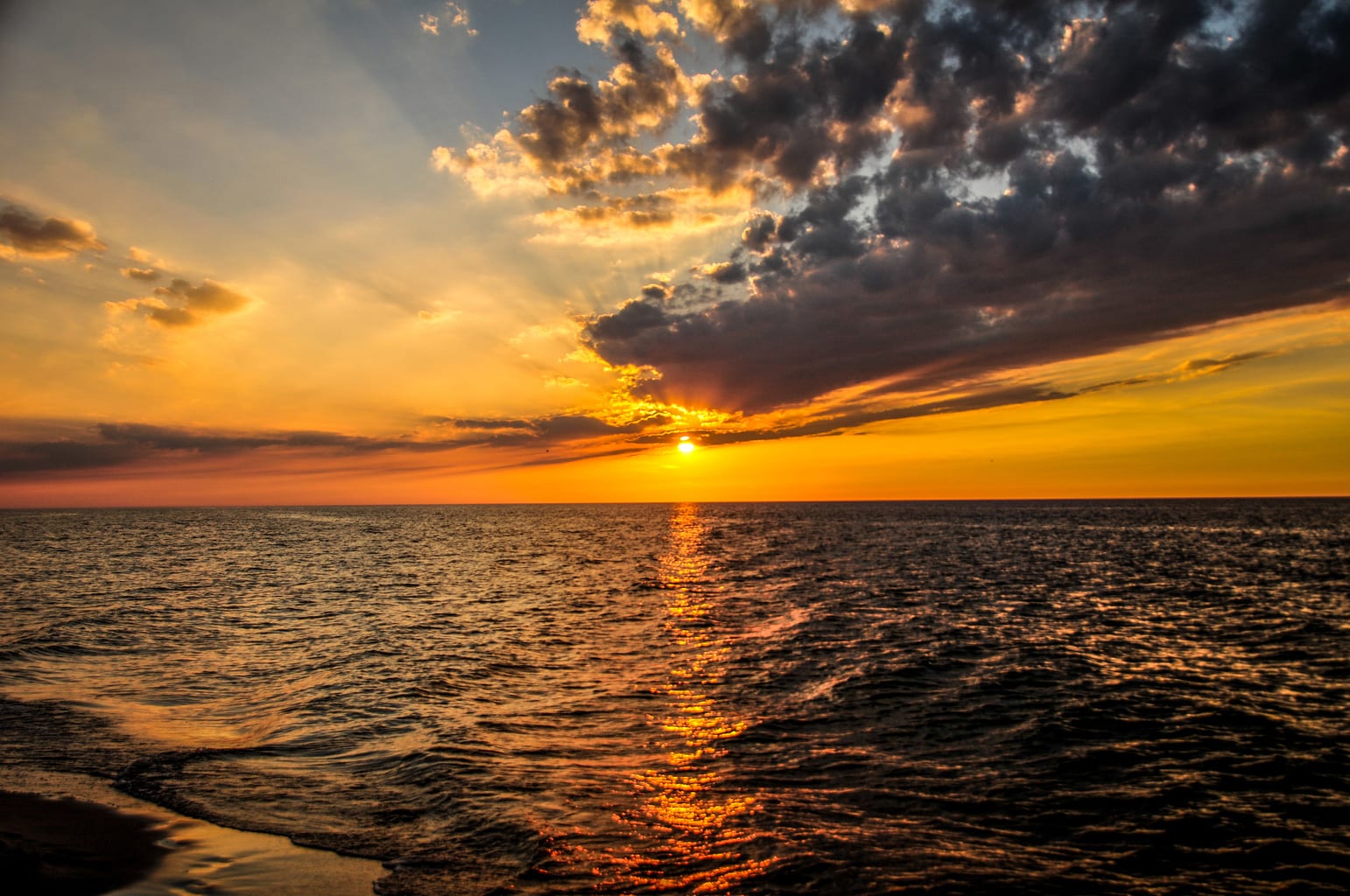Few of us resist landscape photography. You may not get up early or take long walks to get a wonderful image, you may not even have the necessary material for this type of photography, but surely if you "fall" in front of a landscape you cannot resist taking a photography. And it may also be that after seeing that photograph you think that you could have done it much better, although the “how” escapes you. If so, you are probably one step away from getting hooked on landscape photography ? So what better way to start than with some basic notes of everything that is and what you may need in landscape photography, are you in?
NECESSARY MATERIAL FOR LANDSCAPE PHOTOGRAPHY
There are people who do wonders with their Smartphone even in landscapes, but the ideal or the most standard thing would be that once you have decided that you are passionate about Landscape, you start doing it little by little and according to your possibilities, with these “must haves” for photography. landscape:
- Camera: We can say SLR or just one with manual controls and interchangeable lenses ( Evil, Bridge , etc.)
- Tripod: Sharpness is one of the keys to landscape photography, so a good tripod is an obligatory companion for landscape adventures, so you will avoid vibrations that can make you lose that much-sought-after sharpness.
- Objective: The most acclaimed for landscape photography is the Wide Angle, due to its wide depth of field and its wide angle that allows to cover a greater proportion of the landscape. If you are looking for a good lens for landscapes, I recommend this article.
- Filters: The most common filters are the polarizing filter (to increase the contrast of the sky and reduce possible reflections in the image), the neutral density filter (which subtracts light from the image to be able to shoot at slow speeds and achieve the silky effect of the water or clouds in the sky) and the neutral gradient filter (which allows you to subtract light only in an area of the image, very useful in high contrast scenes).
- Remote shutter release: It will help you avoid shakes associated with pressing the shutter. You can also use your camera's self-timer if you don't have a remote shutter release.
- Spare battery : You don't want to be in front of a wonderful landscape, far from civilization, and run out of battery, right?
- Extra memory cards : Reread the previous point and replace "battery" with "memory" ?
- A good and comfortable backpack: If you want to know how to choose one, I recommend this article.
COMPOSITION
The composition is important in any photograph but it surely stands out more in the one that is static, perhaps because in principle you have enough time to think about it and compose it correctly or to your liking.
The most used in landscape photography are usually:
- The law of the horizon: Divide the image horizontally into three equal parts and, depending on the area of the image that we want to highlight, we compose with 2 parts or 2/3 (more prominent area) or 1/3 (less prominent or less interesting area ).
- The rule of thirds: Also divide the frame into three horizontal lines but add three more vertical ones. The points where these lines cross are points of interest, where the human eye stops in a more natural way and where it is advisable to place what we want to highlight.
The most typical mistakes in landscape composition are:
- the crooked horizons
- Lack of a clear center of interest
- Boring backgrounds or images
- Do not vary perspective and point of view

BASIC CAMERA SETTINGS
I know that you have already taken a look at the dial of your camera and have seen some little drawings that promise to make your life easier (a face for portraits, some trees or mountains for landscapes, a boy running for sports…). But don't be fooled, you are perfectly capable of doing everything that these automatic modes promise you and of course much better ?
- Diaphragm aperture: The aperture of the diaphragm regulates the entry of light to the sensor, but also the depth of field in the image. The higher the f-number, the greater depth of field. However, remember that there is the concept of " sweet spot " which is the diaphragm position where your lens produces less aberrations and distortions. It is usually located at a point above or below half the minimum aperture of the diaphragm. For example, if your lens's minimum aperture is f/16, the sweet spot will be around f/8.
- Speed: If you have enough light and you are not trying to get movement of the water or clouds, the higher the speed, the less jitter you will have in the image, since the shutter will be open less time.
- ISO: ISO is the sensitivity of your camera to light. The higher the ISO value, the more light but also more noise in the image. The ideal is to adjust it to the minimum possible within the parameters of your camera.
SUNRISES AND SUNSETS
The best times for landscape photography are sunrises and sunsets, and the times known as the warm or golden hour and the blue hour . In these moments that precede or follow sunsets and sunrises, it is when you can obtain warmer and more subtle lights and skies covered in intense colors.
"ADVERSE" WEATHER CONDITIONS
Not all are clear and sharp days but that does not mean you should stop going out to photograph landscapes, far from it. Landscape photography can be done under almost any weather condition (as long as it is not extremely dangerous, of course...); foggy , winter , night landscapes ... They will leave you with different images and unique experiences ?
IN BLACK AND WHITE
When we think of landscapes, we immediately think of beautiful colours, sharpness and wonderful compositions. Well, as a lover of black and white, I can't help but insist that you give black and white a chance in landscapes ? , the results can be fascinating.

I hope that as an introduction to the "basics" in landscape photography, this article has been useful and interesting. If so, share it on one of your favorite social networks, maybe someone will thank you in the future ? Thank you and until next time.


